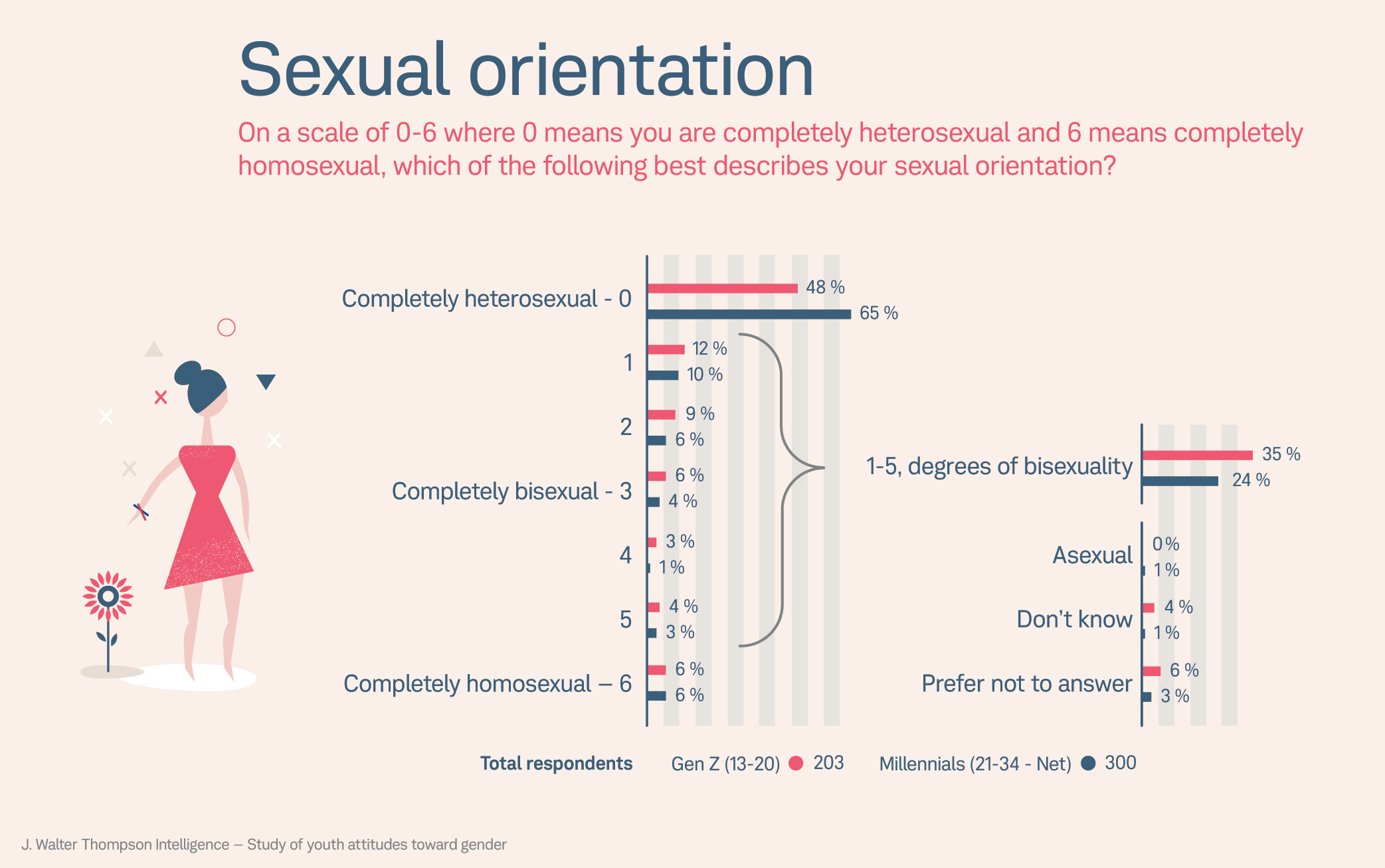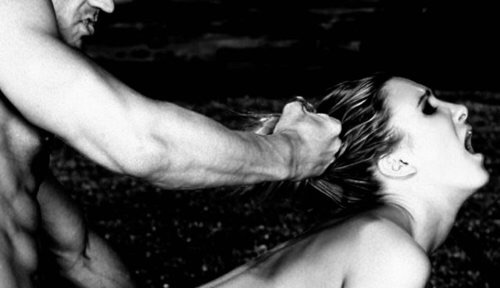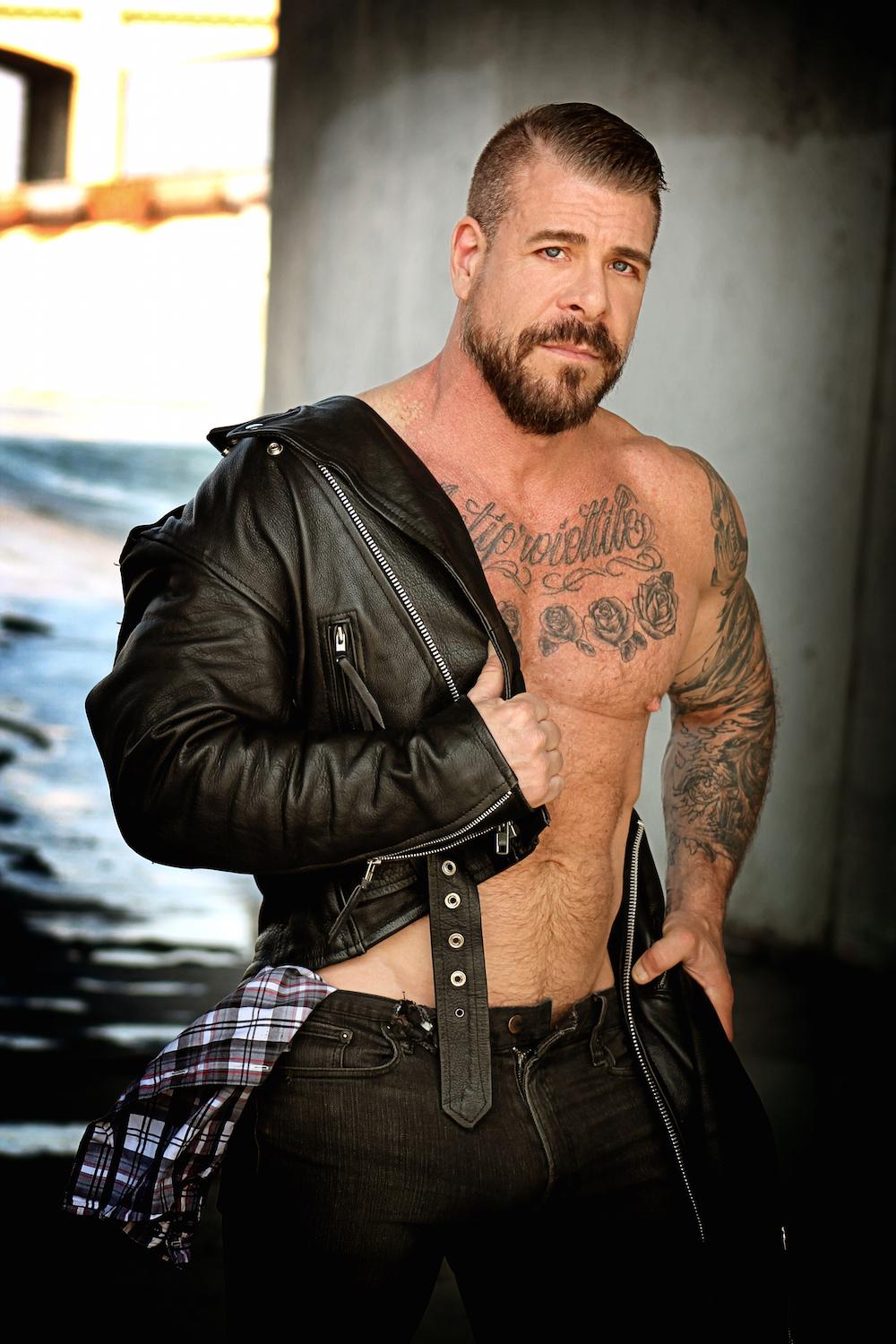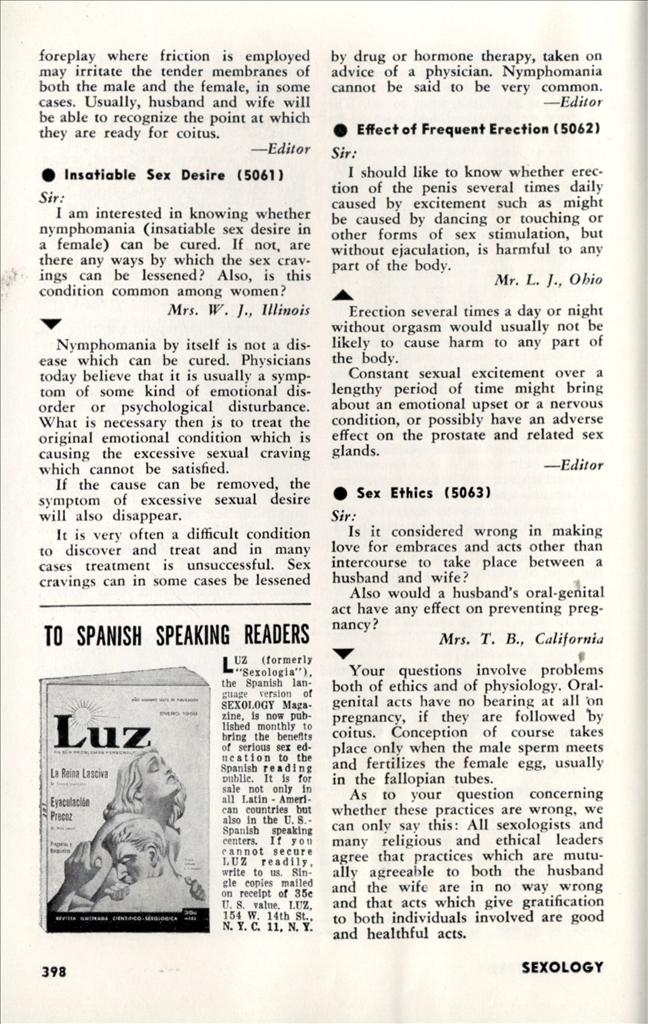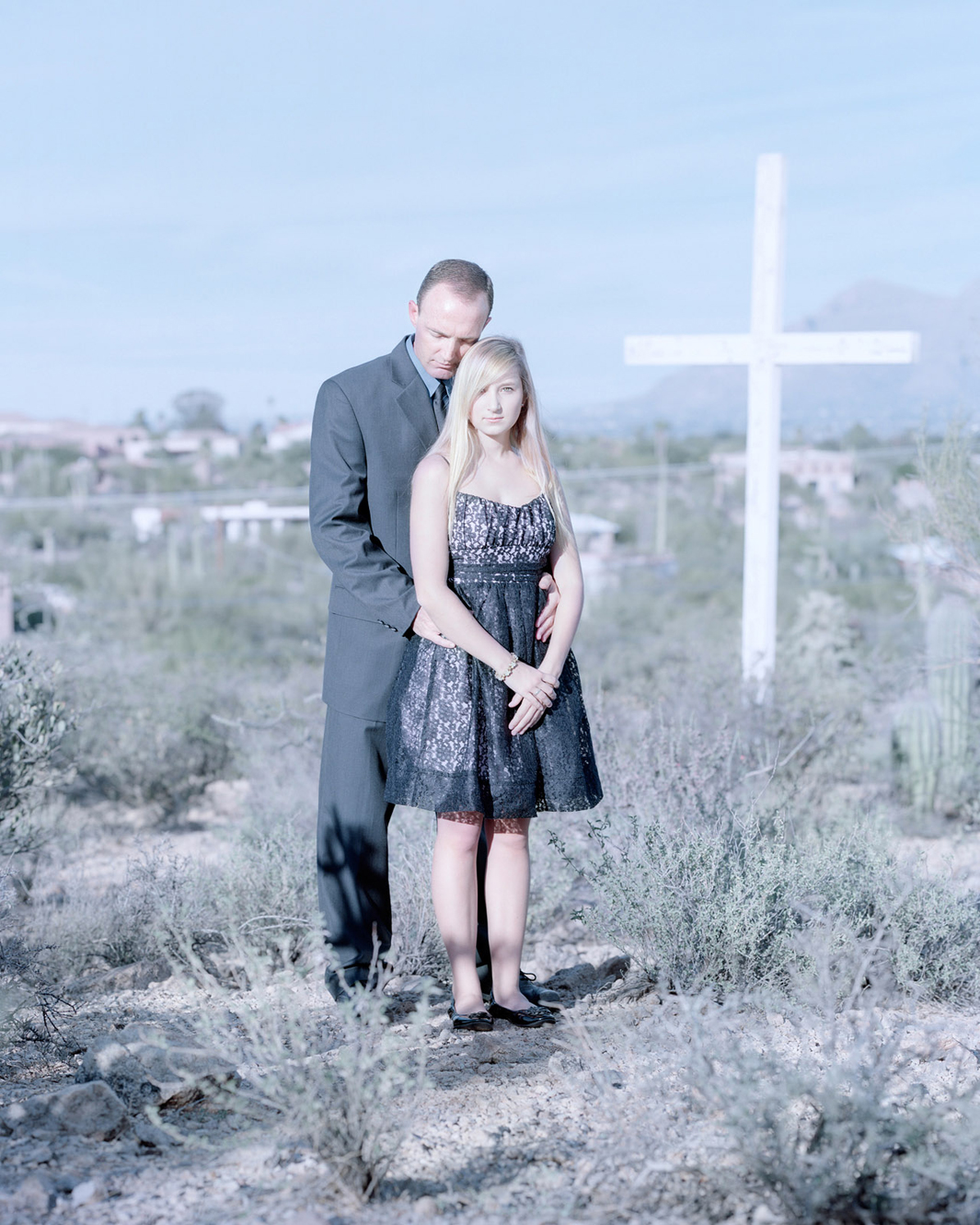A recent study has confirmed what many bisexuals have been saying for years - they face discrimination from both ends of the spectrum.
Some straight people discriminate based on bisexuals' attraction to people of the same sex.
Some in the gay and lesbians communities discriminate based on bisexuals' attraction to people of the opposite sex.
The stigma driving this discrimination is associated with several myths that are perpetuated about people who are bisexual. Here are some examples:
- bisexuals are just promiscuous/overly sexual/sluts
- bisexuals are just gays/lesbians that haven't come out of the closet yet
- bisexuals are sexually greedy
- bisexuals just can't make up their minds
- bisexuals are confused, or going through a phase
- bisexuals can't be sexually monogamous
- bisexuals will cheat on their partners with people of the other sex
Of course, these myths are complete baloney, but they persist nonetheless.
The following article does a great job of reviewing the study and discussing the discrimination that many bisexuals experience.
From the DailyBeast:
Are Bisexuals Shut Out of the LGBT Club?
New studies show that bi people are being excluded by both straight and gay peers.
by Samantha Allen
No, bisexuals don’t have twice as much sex as everyone else. But there is mounting evidence to suggest that they experience double the types of discrimination as their gay and lesbian peers.
Two studies published in the December 2015 issue of the Journal of Bisexuality confirm what bi people have been saying for some time: The discrimination they face within the LGBT community is as real as the discrimination they face outside of it. As the U.S. enters its first full year of marriage equality and the battle for transgender rights continues, these studies point to the persistent but often ignored problem of biphobia among gay men and lesbians.
In one study, Counseling Psychology Ph.D. student Tangela Roberts and two professors at the University of Massachusetts surveyed 745 bisexual people about their experiences of discrimination in various social contexts. They found that the biphobia their respondents experienced from gay men and lesbians was not equal to, but still disturbingly comparable to, what they experienced from straight people.
Read the rest here: link.


